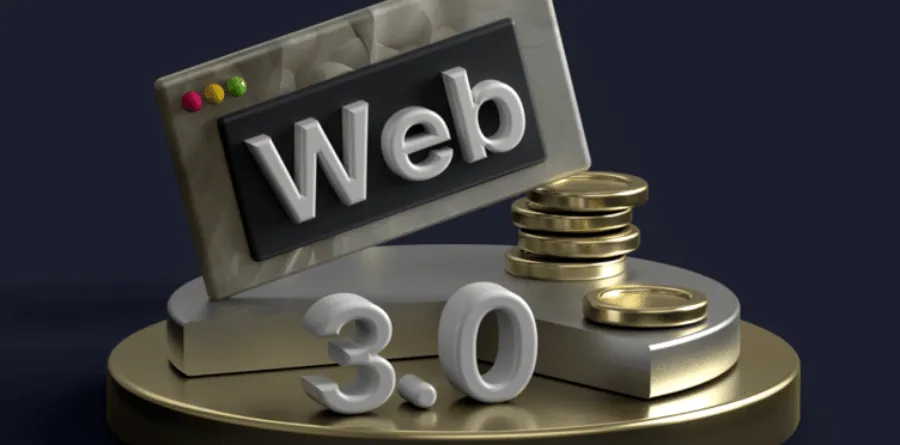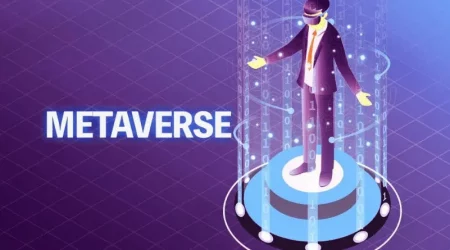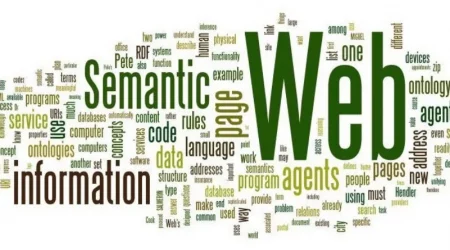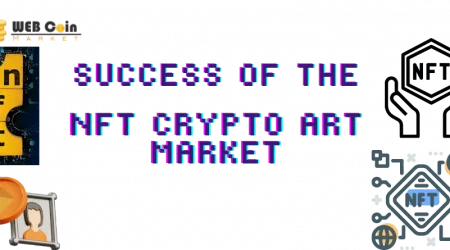How Is Web3.0 Decentralized?
The Web3.0 ecosystem is based on blockchain technology and aims to make the internet decentralized. The goal is to create a platform and apps owned by their users, not by a single gatekeeper. Instead, users will earn an ownership stake by helping to develop these services. As such, Web3.0 will have the potential to revolutionize how the internet is used. It will also help people get rid of the middleman and make sharing information safer.
While the internet is regulated in many jurisdictions, Web3.0 will operate without a central authority. Governments will be able to control applications, shut down servers, and restrict user access to funds during political unrest. While this may seem like a risk, it will be worth considering if you’re worried about censorship or other security risks. The web will be more decentralized, which means that fewer governments will control the content you share.
Web3.0 systems are decentralized because they use blockchain technology, the same technology that powers Bitcoin and other cryptocurrencies. This means that your information is public and searchable by anybody. This means that any content you post is safe from censorship. You can also use Web3.0 tokens to vote on decisions and accrue real value. You will have complete control over your data and your identity. The system will allow you to bounce between social networks and email with a personalized account. This will ensure that everyone will be able to see and track everything you’ve been up to.
What Is Decentralization?
In a country with a centralized government, decentralization responds to the problems that arise with a centralized system. It has been seen as a solution to issues of poor governance, inadequate funding, and overloaded services. On the other hand, some groups have criticized decentralization as weakening the legitimacy of the public sector. While many NGOs and scholars have analyzed the benefits and drawbacks of decentralization, this article will focus on its economics.
In decentralization, responsibilities are transferred to employees in different parts of the organization. The top management wants to delegate responsibility to employees rather than make decisions for the whole organization. However, it is often argued that organizations with competent and efficient managers would benefit from decentralization. In contrast, companies with ineffective managers would prefer to hold on to the power of decision-making. For this reason, decentralization is essential for organizations with large numbers of employees and complex operations.
Regardless of the benefits and drawbacks, decentralization has its drawbacks. It can be a complicated process, and organizations must evaluate their capabilities to decide whether it is the right solution. In some cases, decentralization can be very expensive. It’s also more likely to fail than succeed. Unlike other methods, the results of decentralization will depend on the organization. It can help your organization reduce costs and improve its efficiency in most cases.
The Benefits of Decentralization
The Benefits of Decentralization. A decentralized business model is better suited for a large organization because it is easier to control and supervise. Subordinates at lower levels have a more remarkable ability to make independent decisions and have knowledge of all the assignments they are responsible for. They can make amendments or take corrective action when necessary. A decentralized structure also helps an organization scale up faster. However, it should be noted that the benefits of decentralization are limited unless the process is monitored correctly.
As a result, decentralization may not be suitable for all businesses. It may not be possible to hire highly skilled people at low salaries, especially if they have weak financial resources. In addition, the need to appoint highly paid managers may hinder decentralization. Further, the establishment of several departments will increase the cost of operation. Moreover, employees won’t feel like they’re being assigned a specific role.
Decentralization also helps in reducing mental tension. Since the top manager can only take care of a limited number of lines, they may not explore new markets and products. A decentralized approach enables employees to be more flexible, allowing them to switch from one duty to another. This is an excellent advantage for both parties since it helps in improving morale and reducing burnout.












Leave a Reply